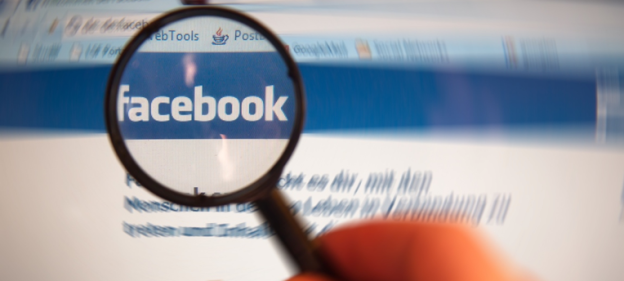 A German online reputation and privacy management company, secure.me, set its sights on a global market today, announcing it will be launching in ten different languages. The company markets towards parents who want to monitor the online shenanigans of their children, as well as those who fear the social networking site they use could become an Achilles’ heel for their professional repute.
A German online reputation and privacy management company, secure.me, set its sights on a global market today, announcing it will be launching in ten different languages. The company markets towards parents who want to monitor the online shenanigans of their children, as well as those who fear the social networking site they use could become an Achilles’ heel for their professional repute.
The secure.me service is free of charge, but seems to be focused on Facebook only. For the worrying type of parent, the German company’s offering can seem heavenly. There’s no need to even be registered with Facebook to fully experience the service. Once a Facebook account has been linked to secure.me, around-the-clock monitoring of a profile and its network of friends can be sent to email. A maximum of three profiles can be monitored.
“We know that children and parents often don’t like being Facebook friends with each other. And we also know that parents don’t have the time to continuously monitor Facebook. We developed secure.me to solve this problem,” said secure.me founder Christian Sigl.

Among the features offered is photo monitoring which uses biometric face recognition to scan the social network for pictures of the target profile, even if not tagged. The service offers privacy setting suggestions and informs about unsafe links popping up in friend network. Interactions between friends can also be monitored, as well as apps and pretty much all activity from new friends, to liked pages or check-ins. Past data and events can be compiled and analyzed if needed.
It’s a scary level of invasive caring which some children may not enjoy, but parents in the U.S. may view this as a necessary evil. A Family Online Safety Institute study from September pointed out that 70% of U.S. parents were worried about kids stumbling across porn, and 61% were worried about creepy pedo interactions. The study also pointed out that 83% of parents in the U.S. have either friended or logged into their children’s accounts.


